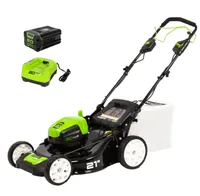How to rat-proof your yard — 5 expert tips to keep rodents away
Large rats invading your yard? Here's how to keep them out for good
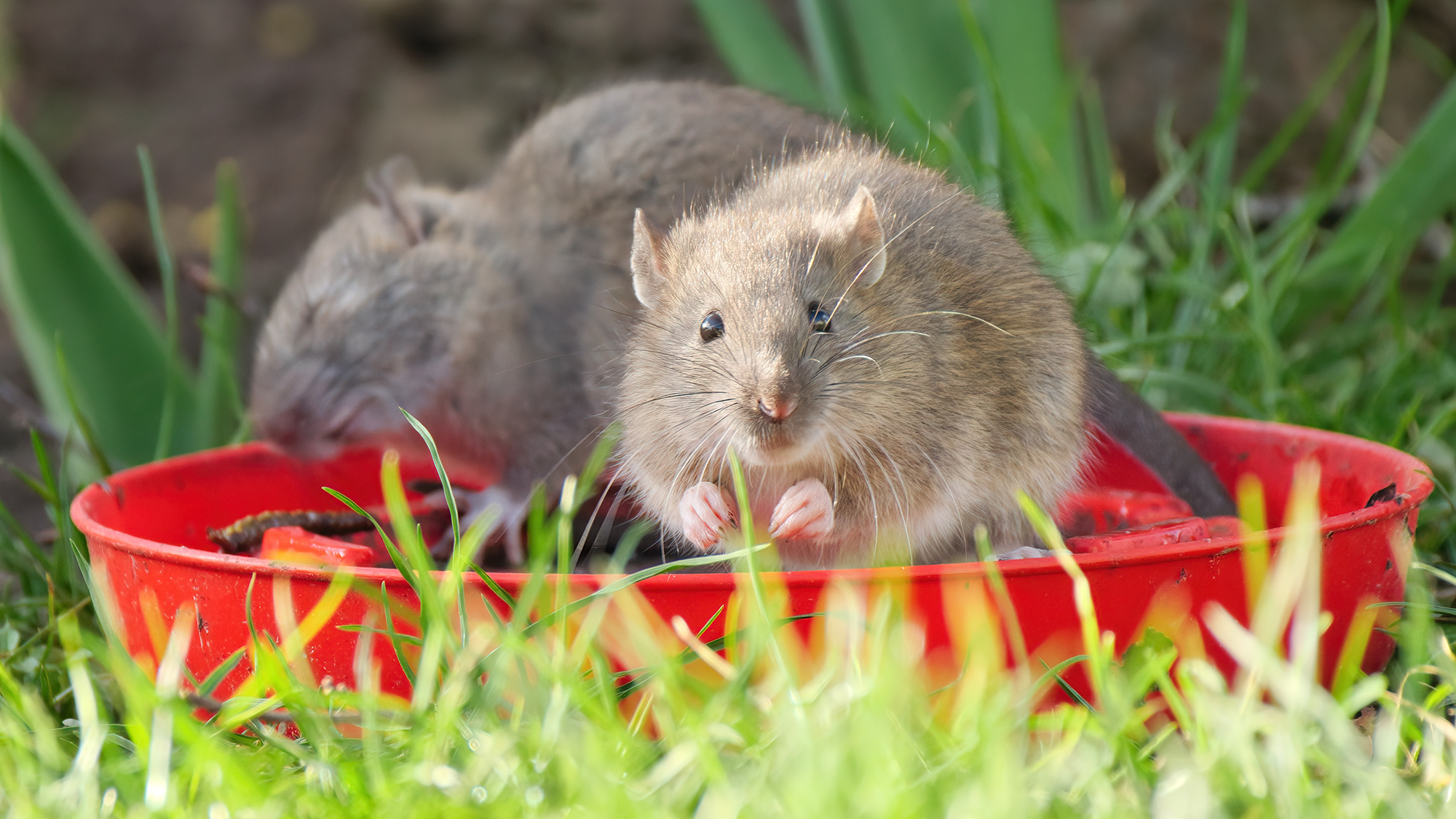
Reports of unusually large rats have homeowners increasingly concerned about protecting their outdoor spaces. These rodents are particularly drawn to garden buildings and areas where food or shelter might be available. While rats have always been a common garden pest, larger specimens can cause more significant damage to plants, structures and stored items. They're also capable of squeezing through surprisingly small gaps, making prevention more challenging than you might expect.
The great news is that there are several proven methods to deter rats from settling in your garden without causing them harm. These approaches focus on making your outdoor space less appealing and accessible to these persistent pests. Here's how to protect your garden from rat invasions using expert-recommended strategies.
1. Plant peppermint in your yard
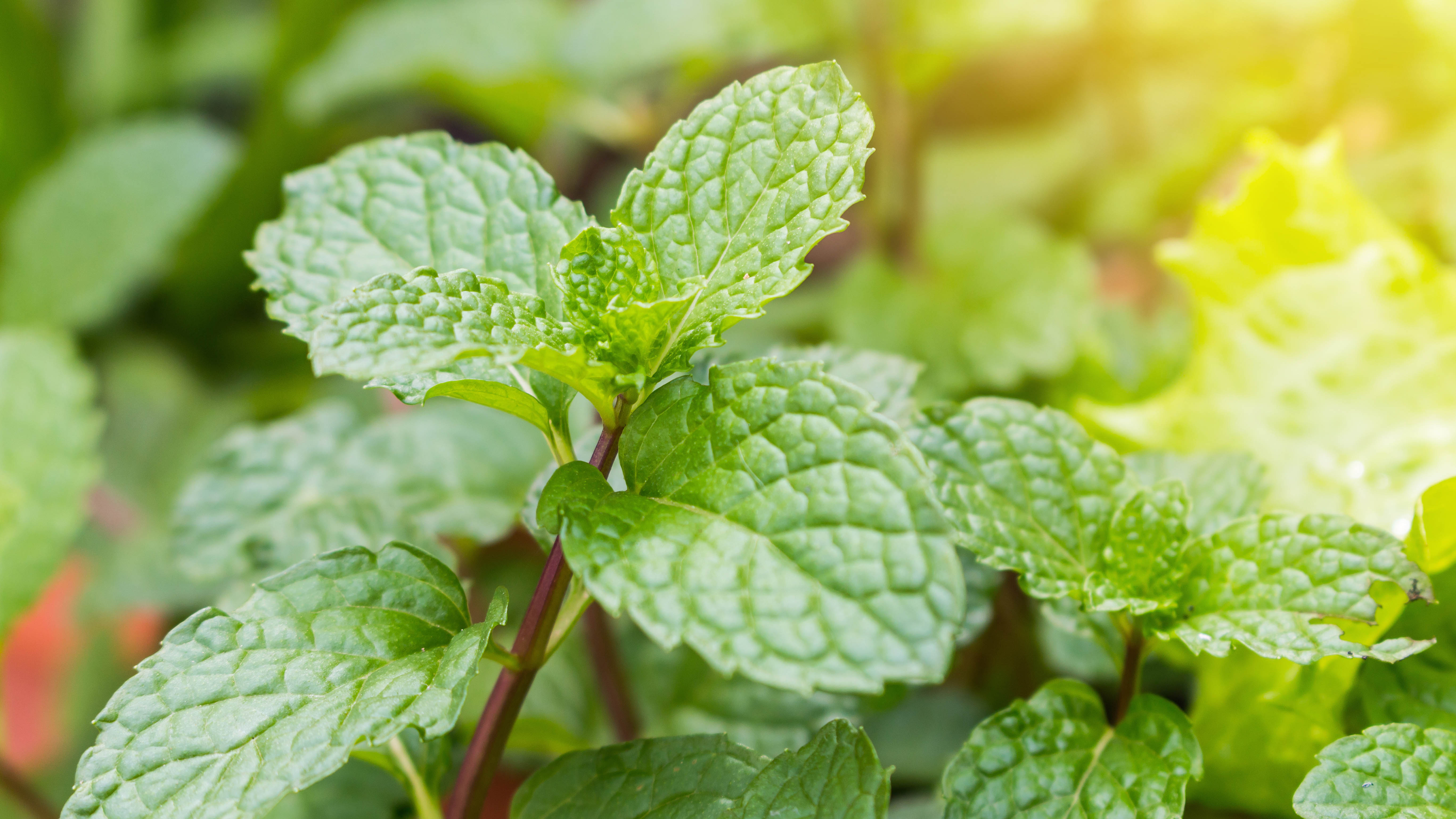
Peppermint works as a natural deterrent because rats find its strong scent overwhelming and unpleasant. This makes it an ideal choice for planting around sheds, greenhouses, and other garden structures where rats might try to establish nests.
As a bonus, peppermint produces attractive purple flowers in summer and can be harvested for cooking or tea.
Plant peppermint in containers or designated garden beds around the perimeter of your outdoor buildings. The strong scent will create a natural barrier that most rats will avoid crossing.
"Rats hate the smell of peppermint, so in the area that surrounds your garden building, we'd suggest planting peppermint to deter them from trying to sneak their way in," says Sam Jenkinson, garden building expert at Tiger.
For additional protection, you can create a peppermint spray using 10 drops of peppermint oil, 1 cup of white vinegar, and 1-2 cups of water. Spray this mixture around entryways and areas where you've noticed rat activity.
2. Maintain clean, clutter-free spaces
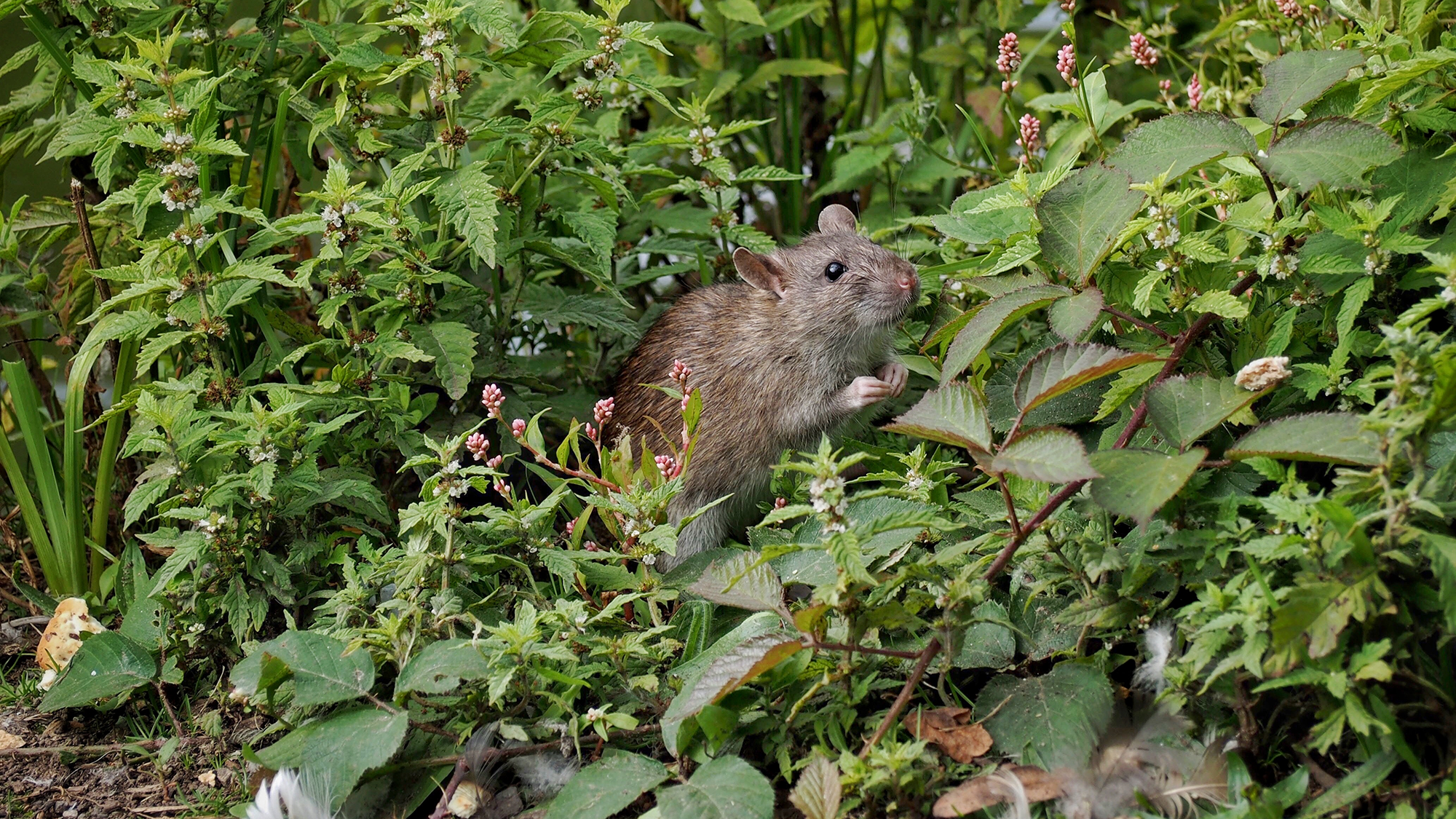
Rats prefer areas that offer shelter and nesting materials, making cluttered garden buildings and overgrown areas particularly attractive to them. Regular cleaning and organization not only make these spaces less appealing to rats but also make it easier to spot signs of rodent activity early.
Schedule regular cleaning sessions for your garden buildings, removing unnecessary items and organizing what you need to keep. Clear away debris from around the exterior of buildings and trim back overgrown vegetation that could provide cover for rats.
"Rats are attracted to cluttered and dirty places, so it's advisable to regularly clean and tidy your garden building, removing debris such as leaves and sticks from the outside and any materials which could be used for nesting," said Jenkinson.
This cordless Greenworks mower offers 30 minutes of runtime, but can be extended by buying additional batteries. With thousands of five-star reviews, we think it's a great option.
3. Seal gaps and holes in structures
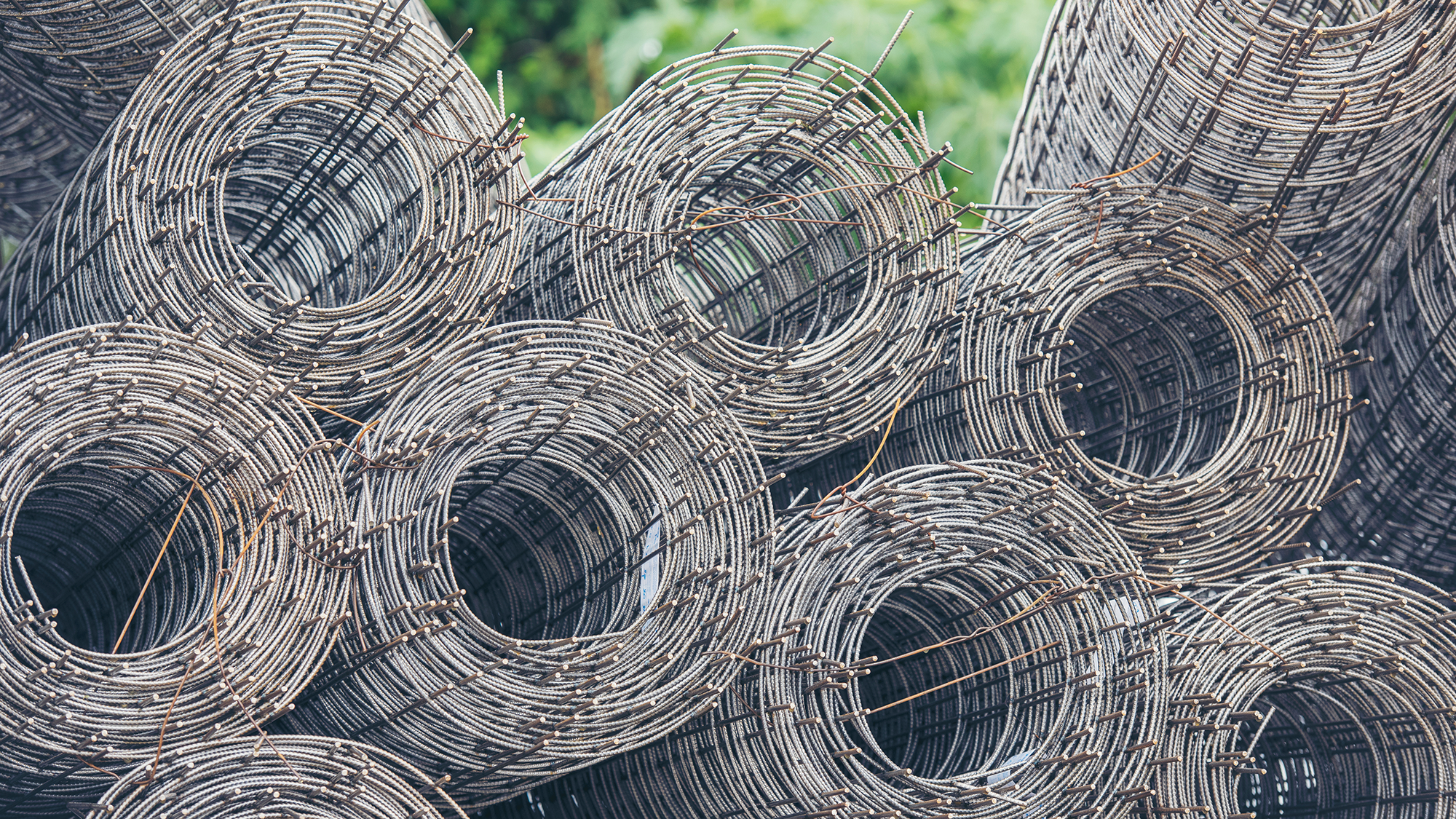
Rats can squeeze through openings much smaller than you'd expect, making it crucial to inspect and seal any potential entry points. This includes gaps around doors, windows, vents, and where utilities enter buildings. Even small cracks in foundations or between boards can provide access for determined rats.
Walk around your garden buildings and carefully inspect for any openings. Use wire mesh, chicken wire, or expanding foam to seal gaps, paying special attention to areas near the ground where rats are most likely to attempt entry.
"Rats can squeeze through very small holes, so if your garden buildings have holes, they'll find their way through," explains Jenkinson.
He recommends investing in tongue and groove boards like shiplap, noting that "sheds with overlap or OSB seem to have more gaps with weathering or age, so tongue and groove boards are better at stopping intruders, large or small."
4. Install ultrasonic deterrent devices
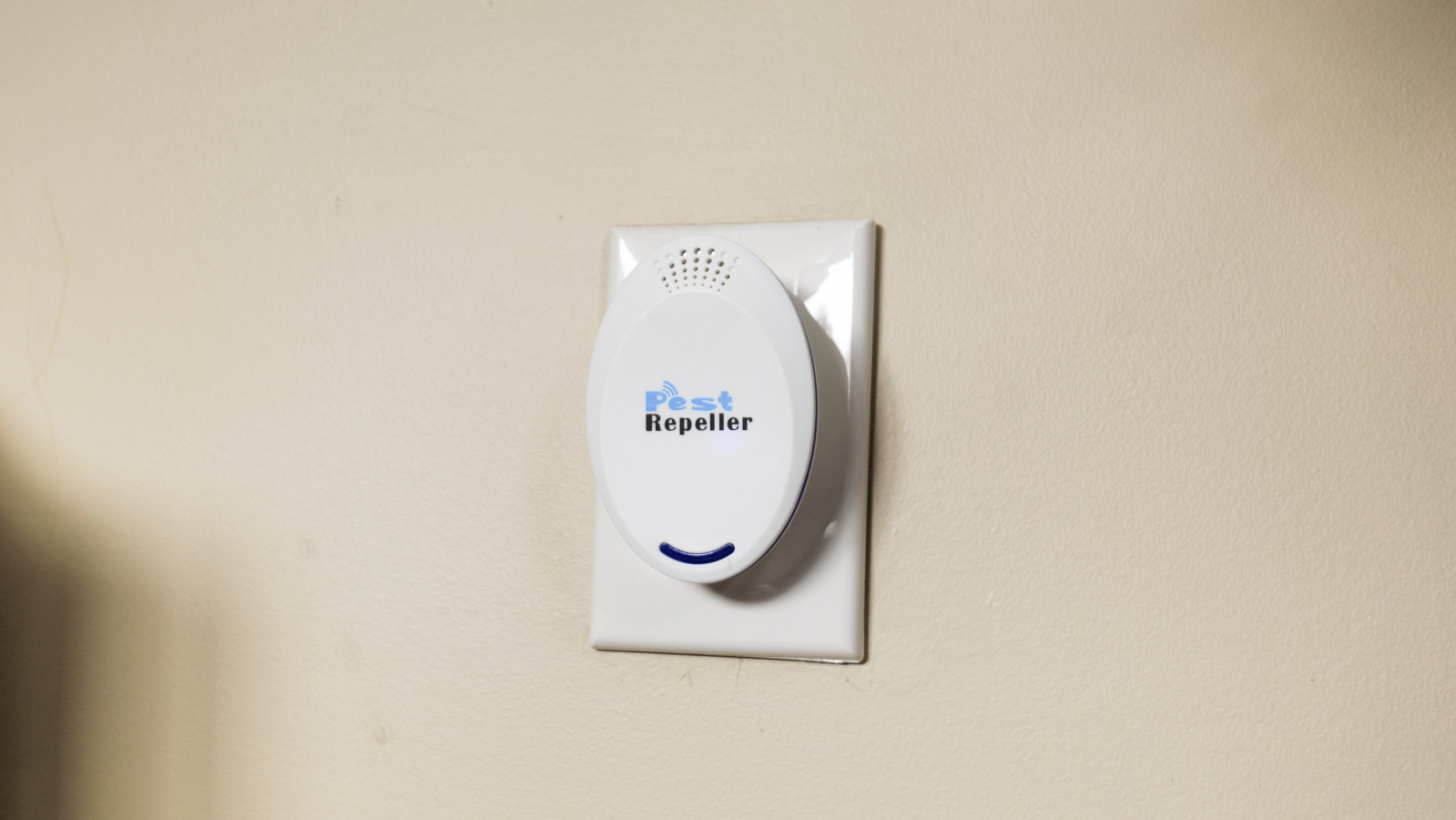
Ultrasonic devices emit high-frequency sound waves that are inaudible to humans but irritating to rats and other rodents.
These devices work well as part of a comprehensive deterrent strategy, especially in powered garden buildings where you can plug them in easily. They're also safe around children and pets since the frequencies don't affect humans or most domestic animals.
If your garden building has electrical access, install ultrasonic devices near potential entry points or areas where you've noticed rat activity. Position them so the sound waves can travel freely without being blocked by furniture or stored items.
Jenkinson notes that these devices can be effective but suggests using them strategically: "If your garden building has a power source, you can plug in an ultrasonic device.
These devices emit high-frequency sound waves that are inaudible to humans but can be irritating to rats and vermin, keeping them away. However, this system may only be effective as a short-term solution, so consider other additional options to ensure pests stay away for good."
Say goodbye to pests the safe, simple way. The Allenjoy Ultrasonic Pest Repeller covers up to 1600 sq ft, driving out mice, roaches, ants, and more with chemical-free ultrasonic waves. Just plug it in, and enjoy quiet, maintenance-free protection and peace of mind.
5. Remove all food sources from outdoor areas
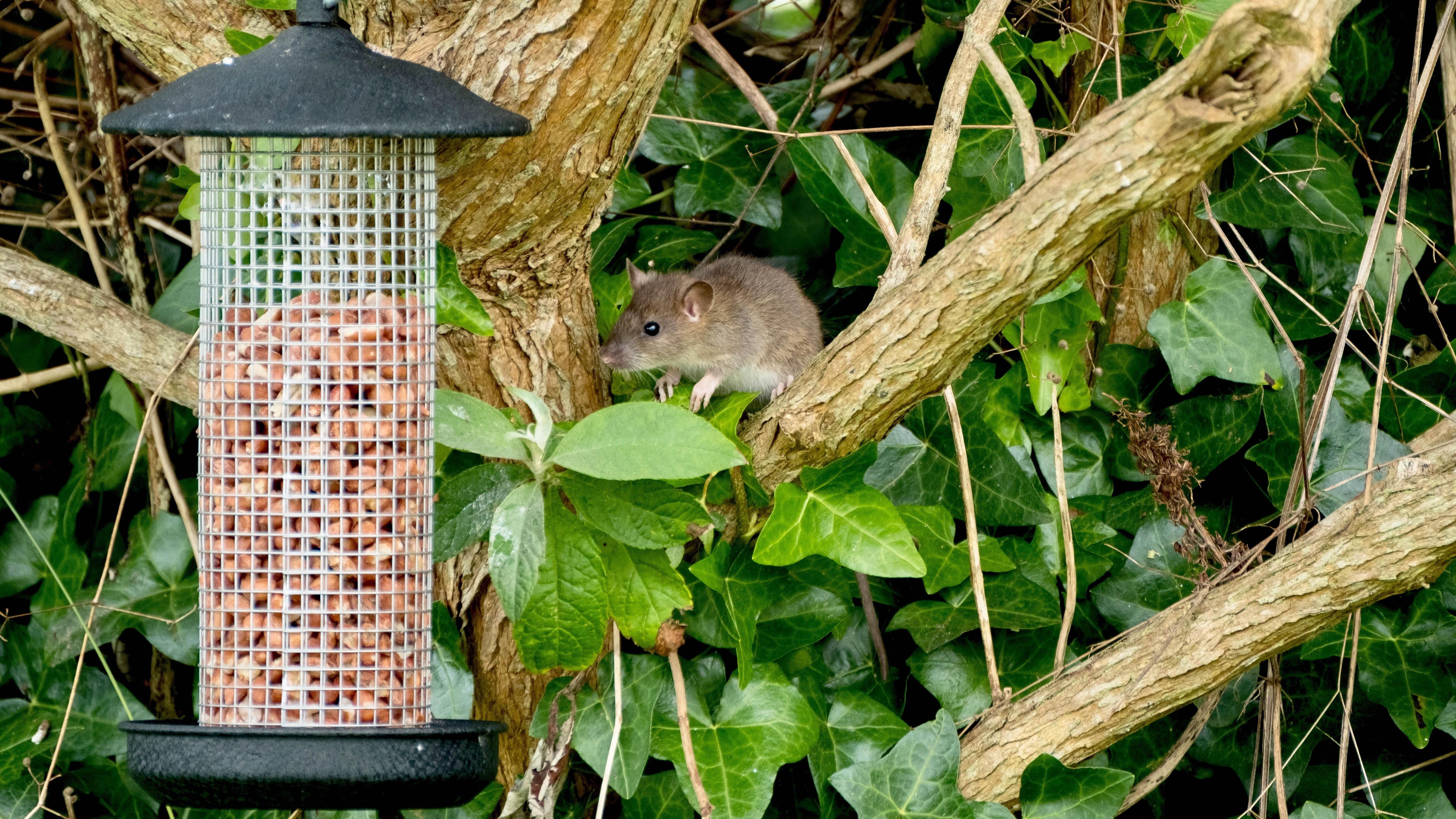
Rats are opportunistic feeders, and even small food remnants can attract them to your garden. This is particularly important if you use garden buildings for entertaining, as crumbs and spills can quickly turn your outdoor space into a rat buffet.
Pet food, bird seed, and fallen fruit are also common attractants that many homeowners overlook.
After any outdoor activities, thoroughly clean all surfaces and remove food debris from garden buildings, patios, and dining areas. It's also important to store bird seed in sealed metal containers, and regularly collect fallen fruit from trees.
According to Jenkinson, "Garden buildings, especially in the summer, are often used as a place for entertaining and hosting guests. If you don't remove food sources from your garden building, rats and other pests may be attracted.
Ensure you clean any outdoor buildings out thoroughly after use to remove all traces of food."
Follow Tom's Guide on Google News to get our up-to-date news, how-tos, and reviews in your feeds. Make sure to click the Follow button.
More from Tom's Guide
- This wasp trap costs nothing and actually works — here's how to make one
- House flies ruining your summer? Keep them out with these plants
- How to mosquito-proof yourself this summer — 7 simple tips
Get instant access to breaking news, the hottest reviews, great deals and helpful tips.

Kaycee is Tom's Guide's How-To Editor, known for tutorials that skip the fluff and get straight to what works. She writes across AI, homes, phones, and everything in between — because life doesn't stick to categories and neither should good advice. With years of experience in tech and content creation, she's built her reputation on turning complicated subjects into straightforward solutions. Kaycee is also an award-winning poet and co-editor at Fox and Star Books. Her debut collection is published by Bloodaxe, with a second book in the works.
You must confirm your public display name before commenting
Please logout and then login again, you will then be prompted to enter your display name.
